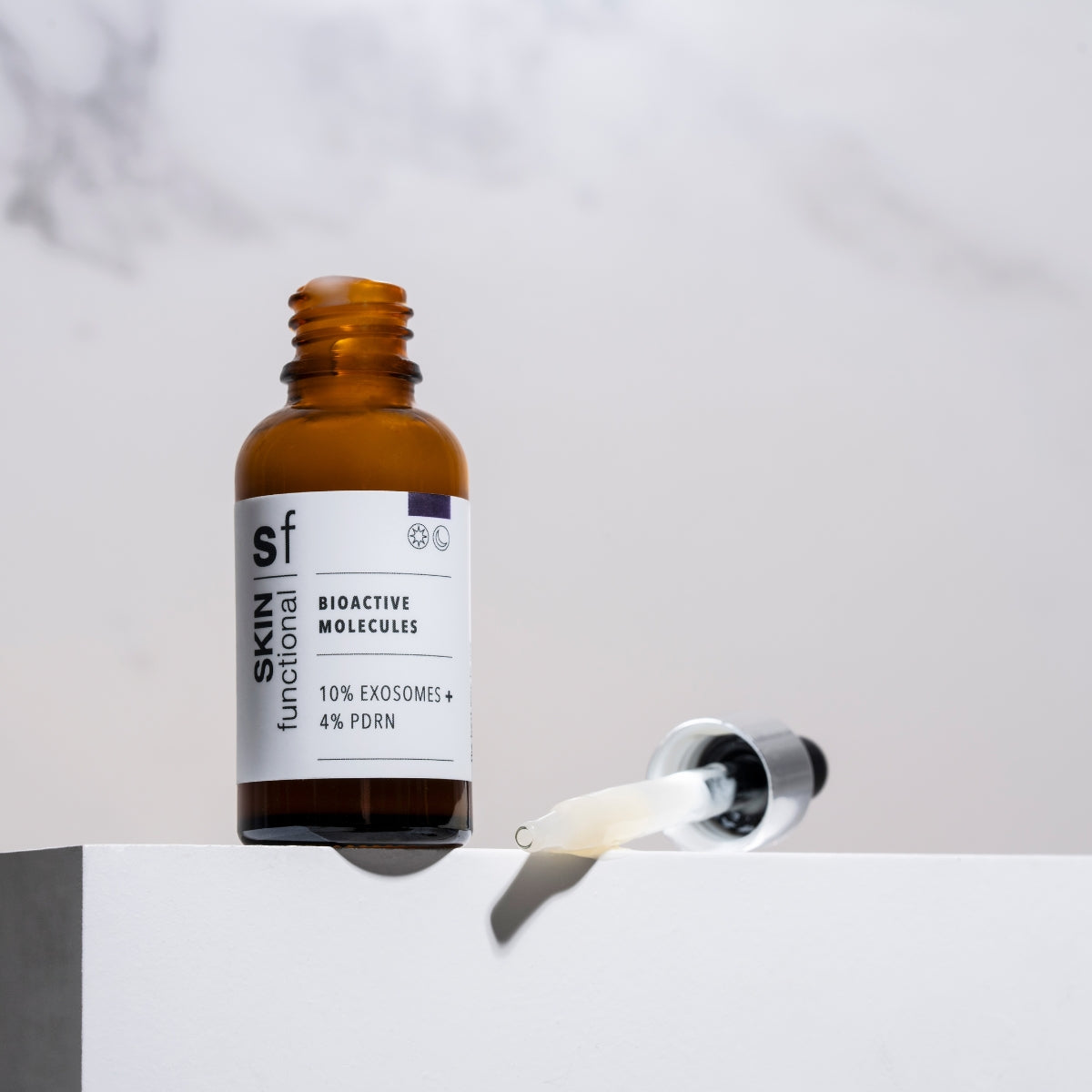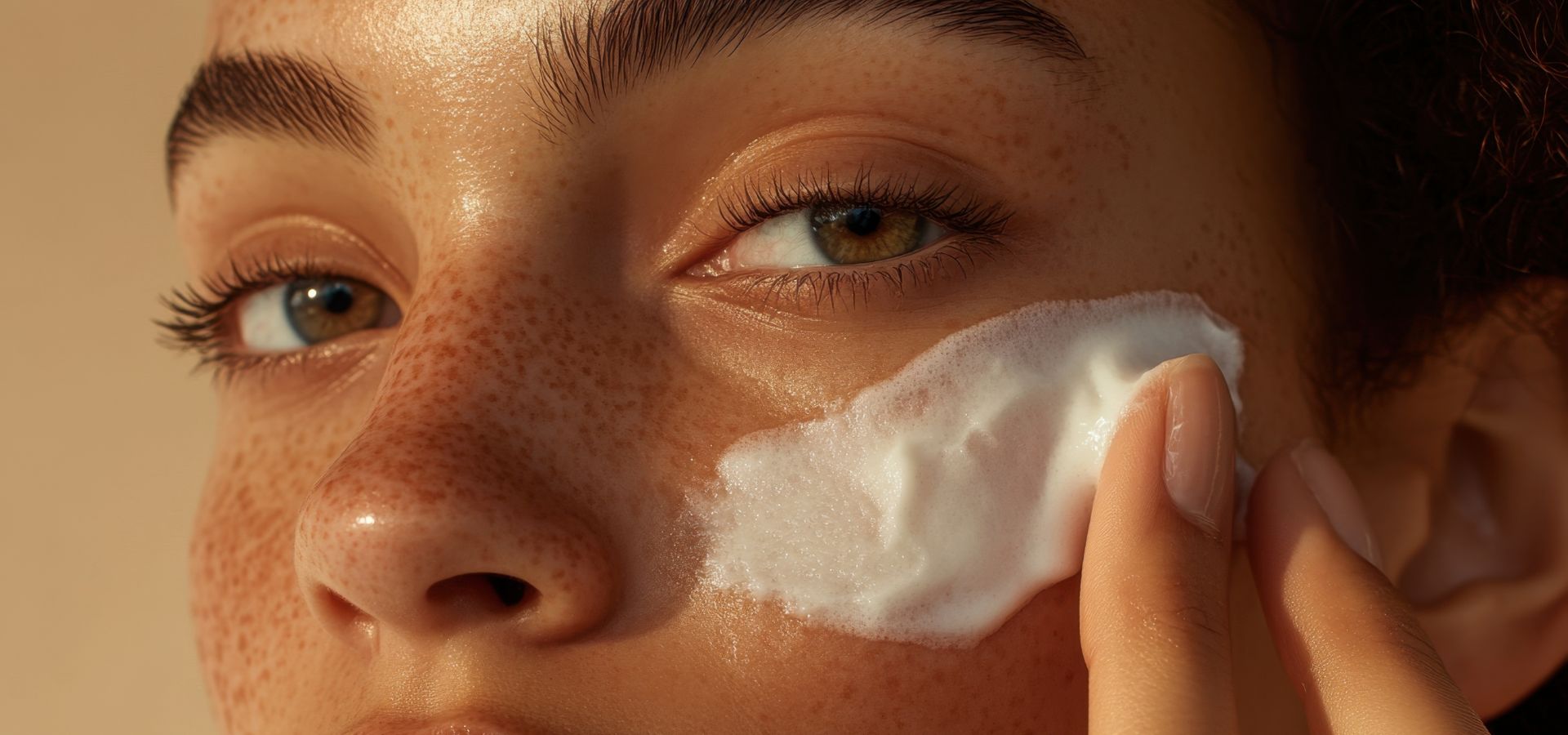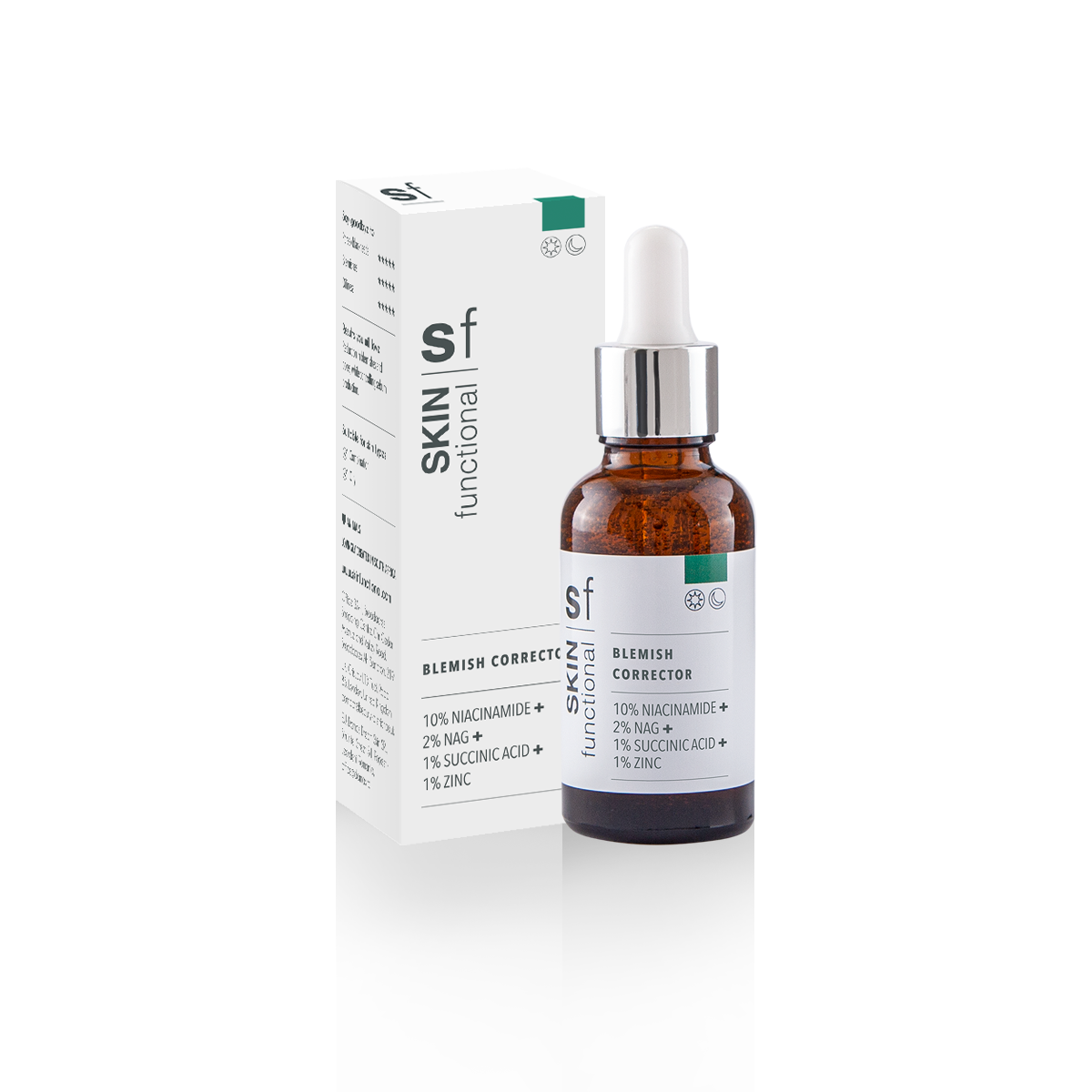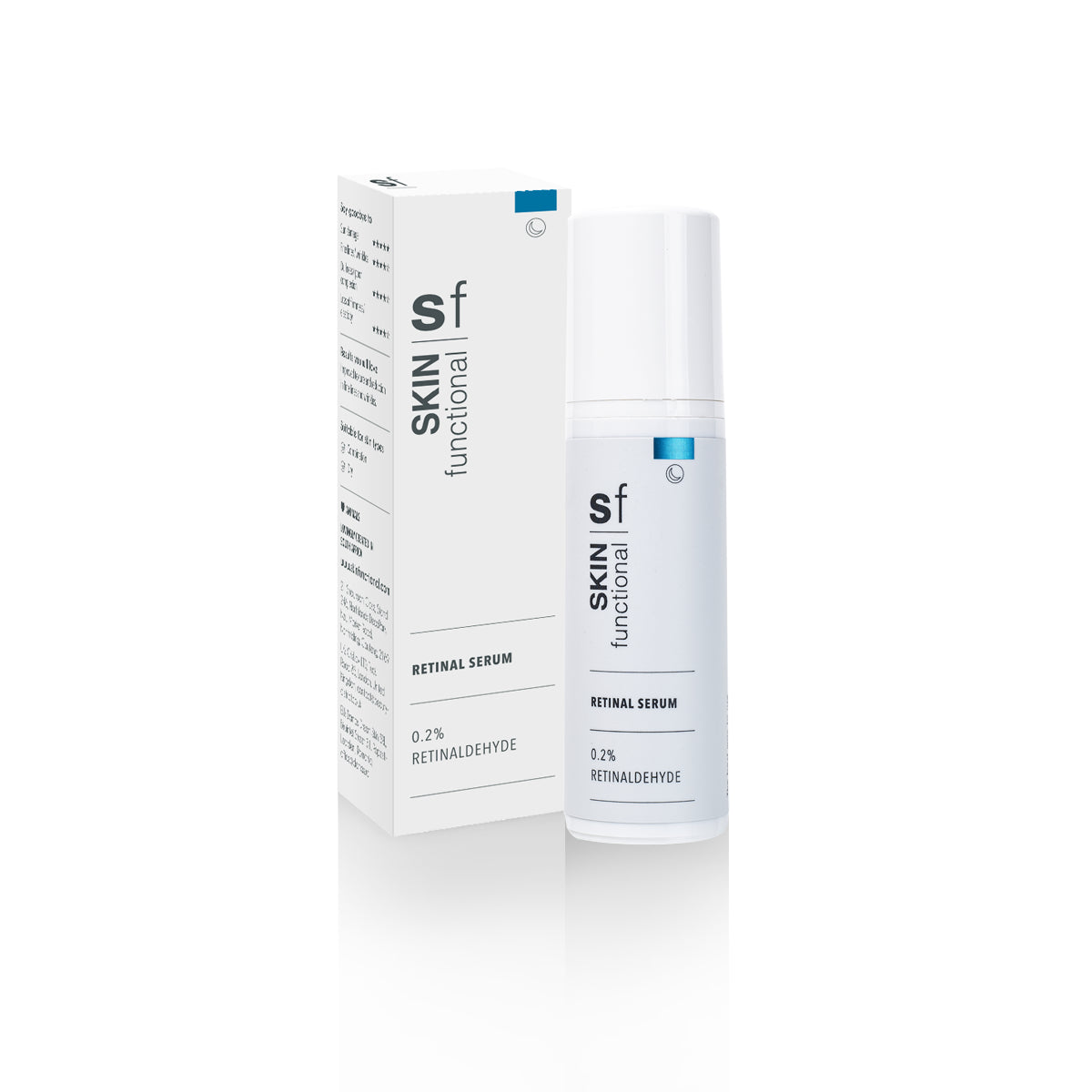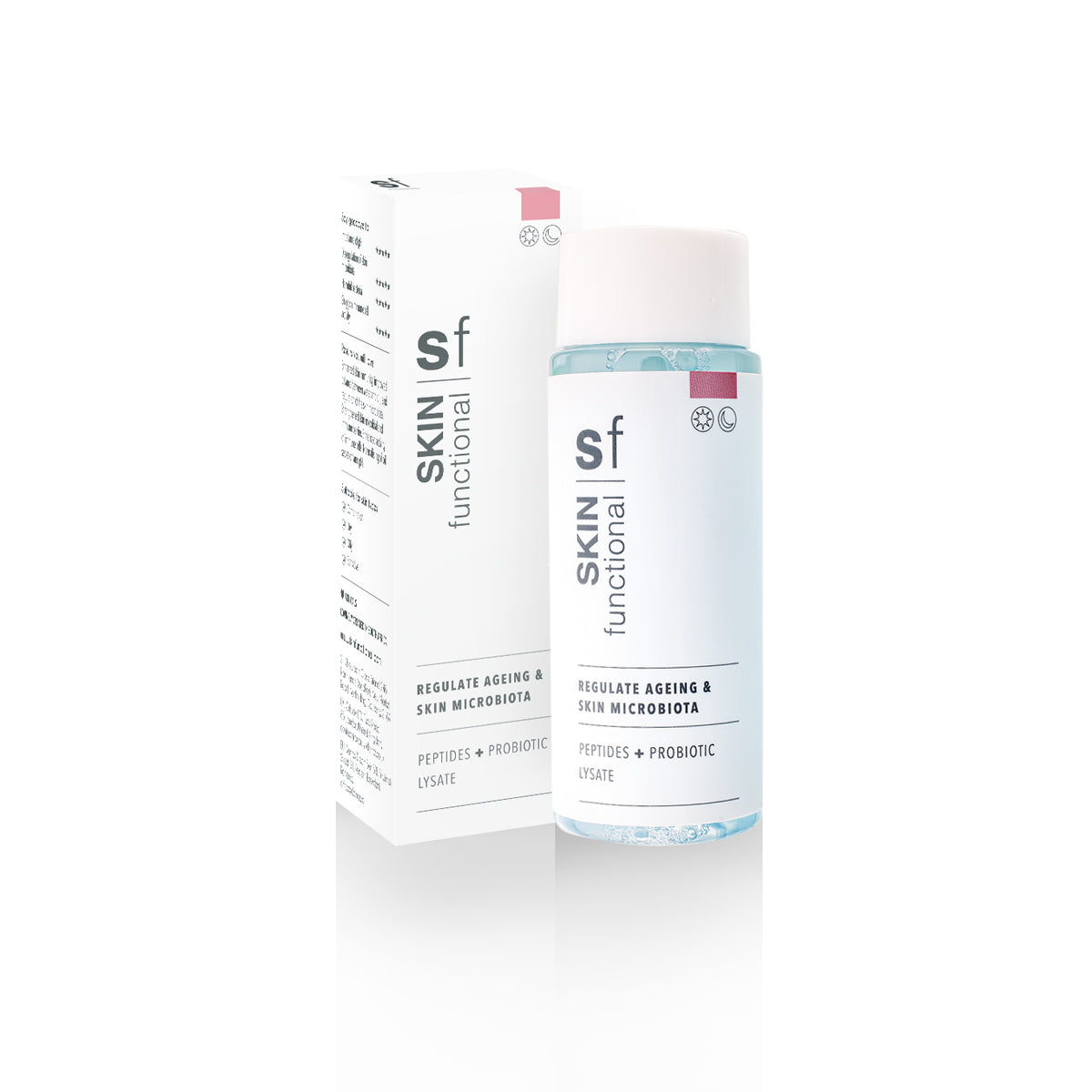Unlock the Secrets to Your Skin Type with Expert Advice
Understanding your skin type is the first step toward a skincare routine that truly works for you. But how do you know what skin type you have with all the myths and confusion out there? At SKIN Functional, we believe that knowledge is power, which is why we offer expert advice to help you unlock the secrets of your skin.
Knowing your skin type isn’t about guessing or trial and error—it’s about understanding how your skin behaves and reacting to its needs. Whether you have oily, dry, combination, or sensitive skin, identifying your skin type is the key to choosing the right products that will nurture and protect your skin, not irritate it.

Combination / Normal
How do I know I have it?
How do I know I have it?
Skin responds appropriately to substances. Not overly reactive. This is the most common skin type.
What will I see or feel
What will I see or feel
You may have a T-panel in younger years. The T-Panel refers to an area on the face that is oilier than the rest of your face. The T Panel is made up of the forehead, nose, and chin. The U-panel is oilier areas, typically in older skin, which goes from jaw bone to jaw bone along the chin area. This is skin that changes normally to seasonal and environmental fluctuations. It could be slightly dryer in winter but not overly dry. May be a little oilier in summer where there is humidity. Skin changes with the seasons. There is never intense dryness, flaking, or sensitivity.
Why do I have it?
Why do I have it?
Respond to your skin needs by changing your skin care routine based on the season. For example, change to a lotion from a heavier cream in summer.
How can I support / fix it
How can I support / fix it
None needed.
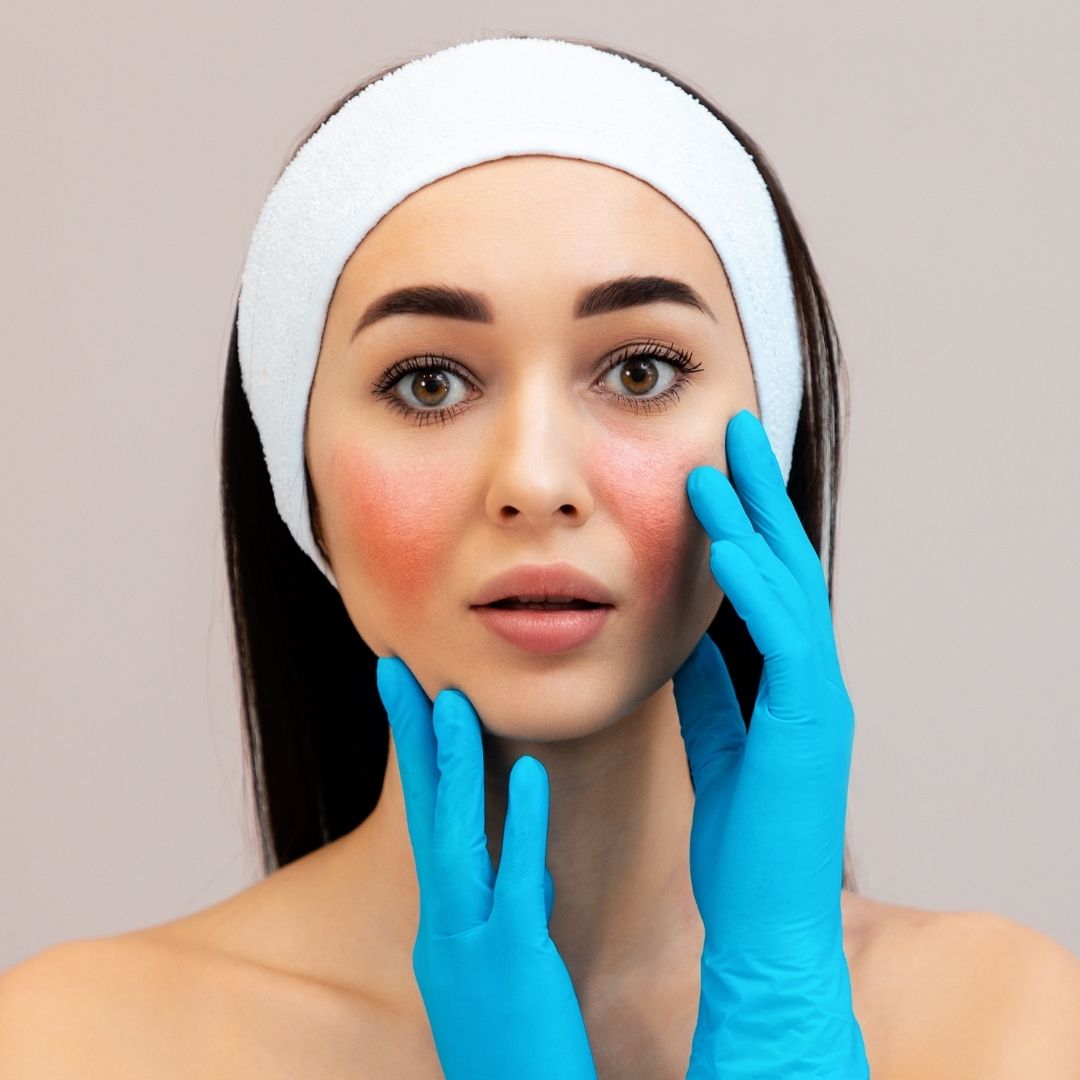
Sensitive
How do I know I have it?
How do I know I have it?
Skin reacts to a variety of ingredients, you need to be mindful of what you put on your skin as it is reactive. Reacting to seemingly common products or ingredients. Stress, food types, and certain products create reactive flare-ups.
What will I see or feel
What will I see or feel
Skin tends to sting, burn, or itch easily. It may sometimes become red and inflamed. Skin may flake more often than usual even outside of winter.
Why do I have it?
Why do I have it?
The skin is allowing substances to more easily pass through the outer protective layer. As a result, the skin’s immune system reacts to these and displays the signs and symptoms previously mentioned.
How can I support / fix it
How can I support / fix it
Need to achieve the following objectives in order to manage this skin type:
- Reinforce and/or support the outer layer of the skin (lipid bilayer).
- Calm the reactivity of the skin’s immune system.
When both of these happen at the same time, this is called a skin flare
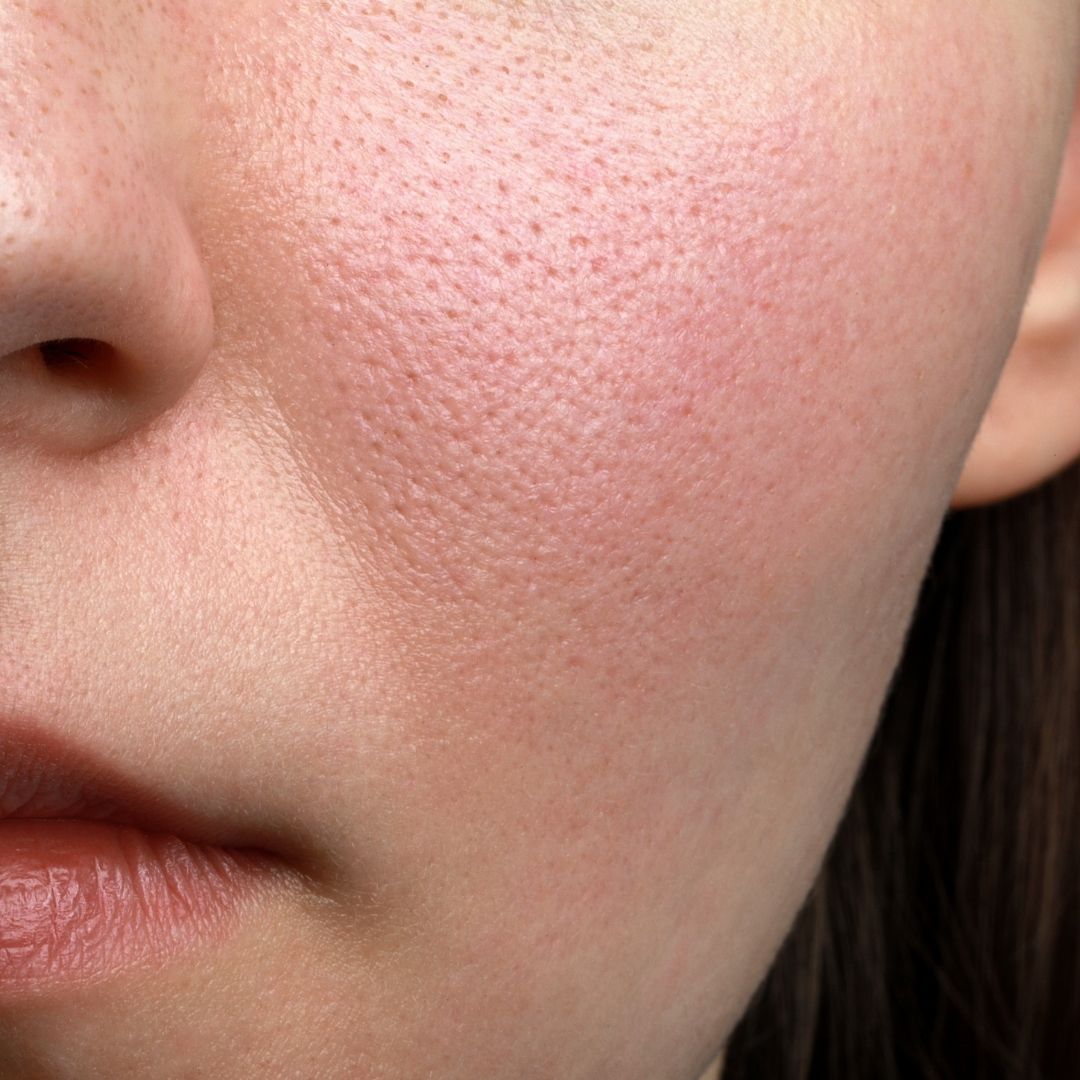
Dry
How do I know I have it?
How do I know I have it?
Skin is tight, pulling, flaking with an exaggerated coarse texture.
What will I see or feel
What will I see or feel
Tight, pulling, flaky, dull, textured skin. Visible glyphic lines.
Why do I have it?
Why do I have it?
Marginally impaired barrier. The skin doesn’t experience sensitivity. This skin type doesn’t experience a flare-up or immune response as a result of the impaired barrier.
How can I support / fix it
How can I support / fix it
Ingredients that support or restore the outer skin barrier. Usually more lipid-based products as opposed to water-based products.

Oily
How do I know I have it?
How do I know I have it?
Shiny, greasy feel to the skin, usually in T-Panel for younger skin or U-Panel for older skin. Enlarged pores, frequent comedones, and may be prone to breakouts.
What will I see or feel
What will I see or feel
Shiny face.
Why do I have it?
Why do I have it?
The sebaceous glands that produce sebum are predominantly controlled by hormones. There is typically greater hormone activity in the sebaceous glands. You are not able to stop the oiliness, rather manage it.
How can I support / fix it
How can I support / fix it
Persistent management of production of sebum.
Wondering how to tell what skin type you have? It’s simple! We’ve created an easy-to-follow skin type guide that will help you assess your skin’s characteristics and understand its unique needs. Is your skin feeling tight and flaky? You might have dry skin. Does it shine throughout the day, especially in the T-zone? Oily skin could be the culprit. Whatever your skin type, we’ll walk you through the process of figuring it out, so you can confidently build a skincare routine that works for you.
At SKIN Functional, we’re committed to providing expert advice and resources that arm you with the knowledge to take control of your skincare. Because when you know your skin, you can give it exactly what it needs for healthy, glowing results. Ready to find out your skin type? Start exploring now!
In a few questions you can find a routine perfectly suited for you.
